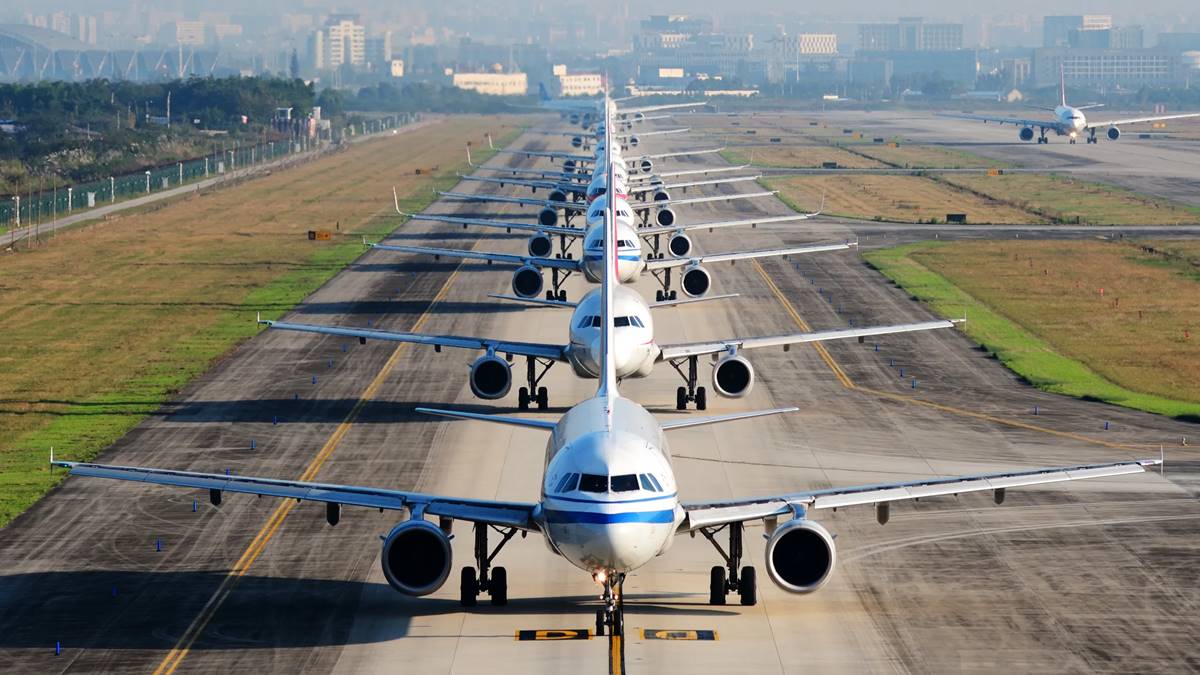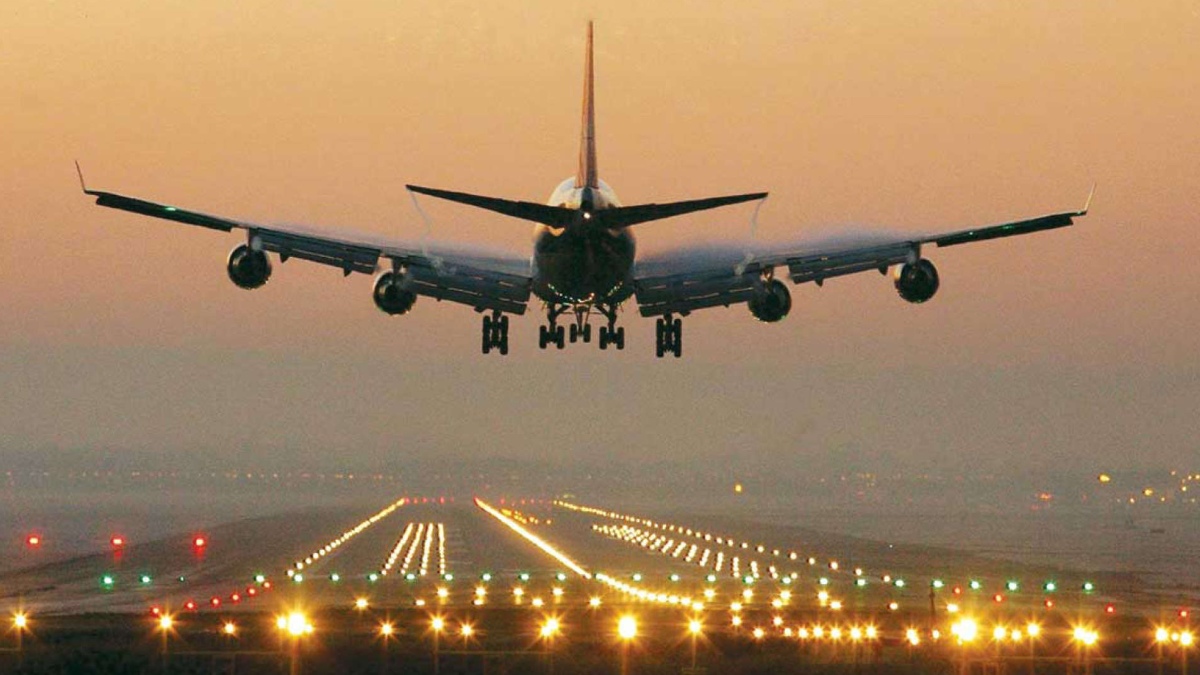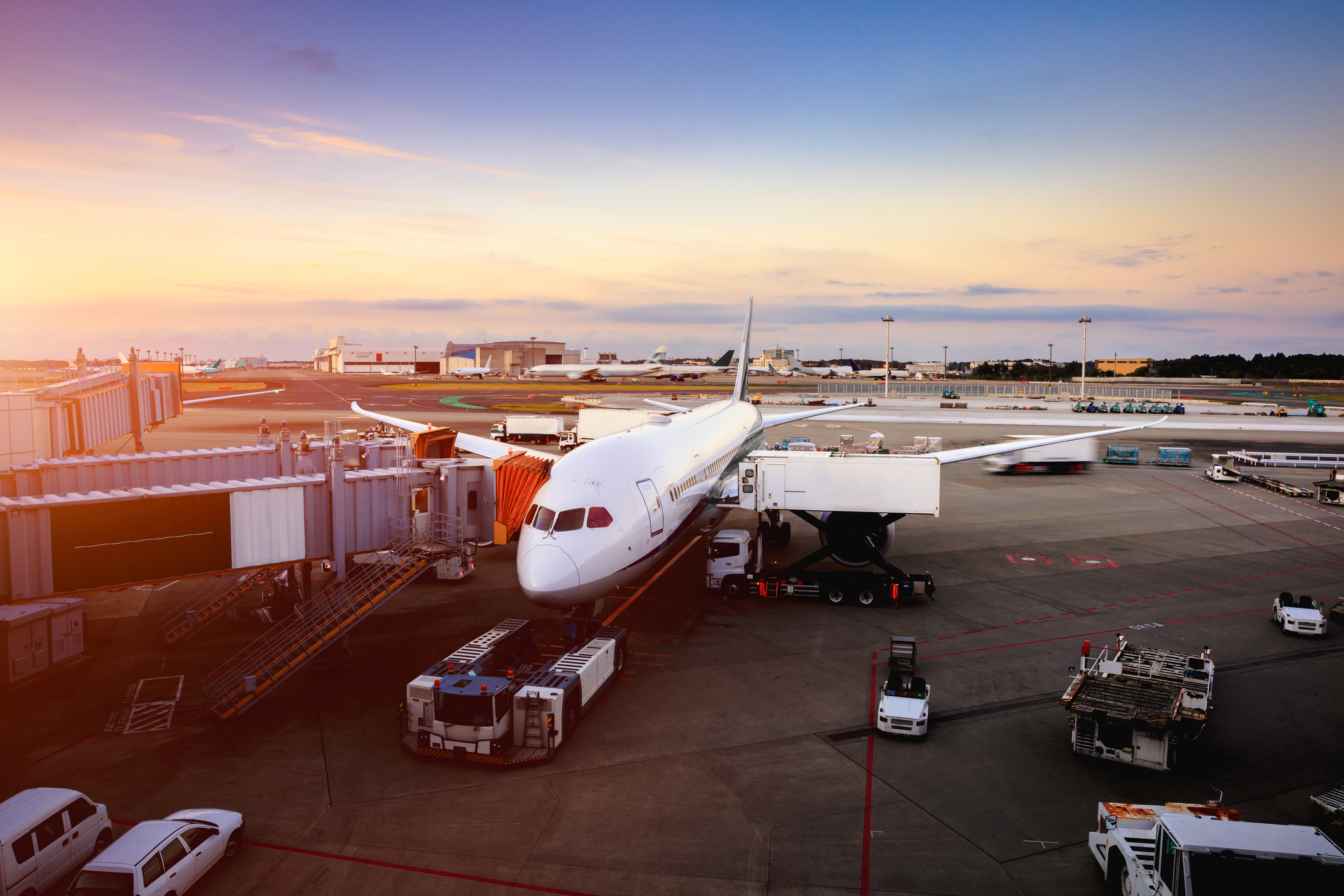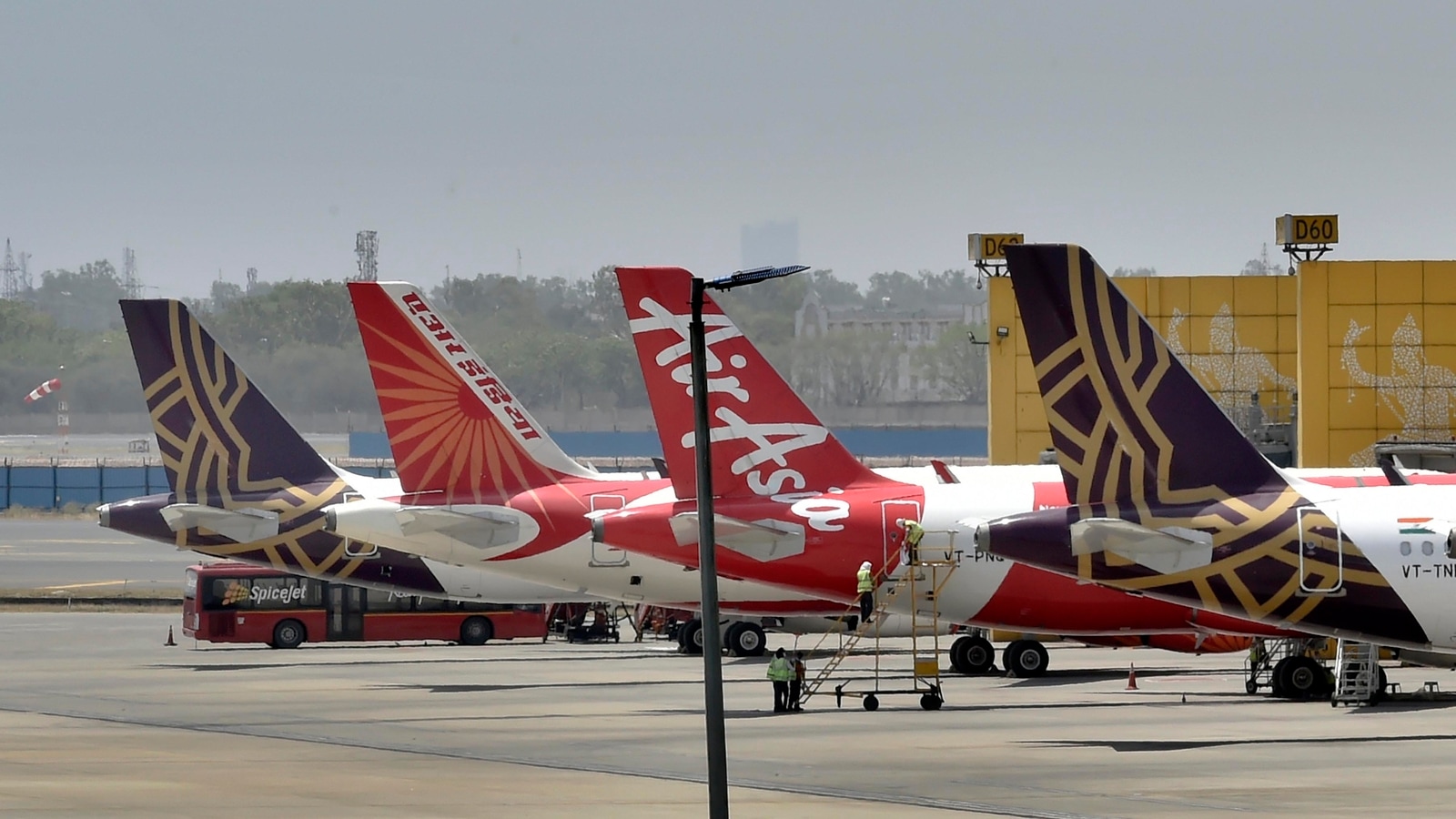The Aviation Boom in India: How Rising Airfares and Other Factors are Attracting Big Corporates 2023

The Aviation Boom in India: How Rising Airfares and Other Factors are Attracting Big Corporates 2023
Under the UDAN Scheme, the government hopes to build 100 airports by 2024, and by 2026, it expects to invest $1.83 billion in the construction of airport infrastructure.
J.M. Financial’s research report reveals that the aviation industry’s low entry barrier may entice more corporate entities with more significant financial resources if high airfare persists for a prolonged period. Akasa Air has shown this pattern, which increased its market share by 5% in a year.
With a 6.4% market share and a fleet of 26 operational aircraft, Go First filed for bankruptcy in May of this year. As a result, existing players have significantly benefited in two ways: prices have increased dramatically (18% quarter-on-quarter, according to JM Fare Tracker), and passenger load factors (PLFs) have reached record highs of over 90%.

As we stand at the midpoint of 2023, the Indian aviation industry has hit a new peak. This sector has become a beacon of growth for the country’s economy, promising lucrative returns to potential investors. Rising airfares, combined with a host of other factors, have ignited a new spark, attracting the attention of big corporates and setting the stage for a fresh round of investment.
The Indian aviation industry is currently the third-largest domestic aviation market globally, with India’s government projecting it to become the third-largest overall by 2024. With consistent growth rates over the past few years, air passengers have increased steadily. Unsurprisingly, the country’s middle class, witnessing a surge in disposable income, is increasingly opting for air travel.

On top of this, the ‘Ude Desh ka Aam Nagrik’ (UDAN) scheme, introduced to make air travel more accessible to ordinary people by subsidizing operations on specific routes, has played a pivotal role in expanding the industry. These factors have led to higher demand and rising airfares, indicating a prosperous future for those willing to enter the aviation sector.
While rising airfares may seem detrimental to some consumers, they indicate a vibrant market with a healthy demand-supply balance. The airfare increase reflects the growing affluence of the Indian middle class and their willingness to pay more for faster and more convenient travel options.
Higher fares suggest that the aviation industry can potentially turn profitable, given the historically thin margins in this sector. From a corporate perspective, this scenario translates to healthier balance sheets and increased profitability, a highly enticing proposition for large businesses contemplating entering the aviation industry.
The sector‘s profitability prospects have also improved due to tame aviation turbine fuel (ATF) costs, down 13.7% quarter over quarter, and a steady Indian Rupee exchange rate.

According to the research, airport infrastructure is projected to advance more quickly, assuring an adequate supply. By FY25, the Central Government hopes to grow the overall number of airports from 148 to 200–220. Within the next ten years, it also hopes to boost the capacity of metro airports from 221 million to over 456 million people annually.
A clause in the Draught Aircraft Bill 2023 might result in the Centre capping airline rates. The Ministry of Civil Aviation and DGCA does not currently regulate airline pricing. Still, the new draught law gives them the power to establish regulations governing the rejection or change of tariffs for providers of air transport services.
The current aviation boom has created a ripe environment for big corporates. These companies have the financial muscle and management capabilities to take on the challenges of a capital-intensive industry like aviation.

Infrastructure development has been a significant challenge for the growth of the Indian aviation industry. Large corporations have the potential to invest heavily in the required infrastructure, thereby addressing a critical bottleneck for the sector’s growth.
Moreover, the government’s push for ‘Make in India’ and ‘Atmanirbhar Bharat’ (self-reliant India) encourages domestic corporations to invest in industries contributing to economic growth. The aviation industry is perfectly positioned to contribute to these national goals, adding to its appeal to big corporates.
The aviation industry encompasses a range of sectors, including maintenance, repair and overhaul (MRO) services, training, and aerospace manufacturing. This creates a vast opportunity for diversified conglomerates to enter and establish themselves.
Despite the promising outlook, the sector has challenges. Issues such as high operating costs, stringent regulatory environment, and the volatility of global oil prices can pose significant obstacles. However, the Indian government has shown commitment to addressing these challenges. Efforts towards easing the regulatory norms, tax benefits for MROs, and initiatives to boost the aviation infrastructure are some measures to make the sector more attractive.

Moreover, the ongoing global recovery from the COVID-19 pandemic promises a boost for international travel, further strengthening the potential of the aviation industry in India.
The future of the Indian aviation sector is bright, says V.K. Vijayakumar, Chief Investment Strategist at Geojit Financial Services. By 2024, India is anticipated to be the third-largest air passenger market in the world due to the rapid expansion of air travel. The increase in middle-class families, intense competition among low-cost airlines, infrastructure development at major airports, and a supportive legislative environment are all factors that have contributed to this expansion.
The number of travellers to, from, or within India quadrupled to 158 million in 2017 from 79 million passengers in 2010. By 2037, this number is anticipated to surpass 520 million. By 2038, it’s expected that the country’s air fleet will have grown by a factor of four, reaching a total of about 2,500 aircraft.

India now has 131 functioning airports, comprising ten customs, 92 domestic, and 29 international. Infrastructure at airports has to be built with more capacity to handle the rising demand for air travel. Under the UDAN Scheme, the government hopes to build 100 airports by 2024, and by 2026, it expects to invest $1.83 billion in the construction of airport infrastructure.
India’s Ministry of Civil Aviation reports that the country is the third-largest domestic aviation market. Before the impact of COVID-19, the number of domestic passengers had risen from 60 million in 2014 to 143 million in 2020. From 43 million to 64 million, there were roughly 50% more international passengers. Aircraft increased from about 400 in 2014 to 723 in 2023 despite the pandemic’s effects.
Since 2014, the Centre has serviced 74 airports, helicopters, and water aerodromes. The objective is to have 220 operating airports overall. Based on traffic information provided by several domestic airlines, the number of passengers reached 636.07 lacks from January through May 2023, representing a notable annual increase rate of 36.10% compared to the same period in the previous year (January through May 2022). Compared to April, the number of passengers climbed by 15.24% in May 2023, reaching 132.41 lacks.

India’s aviation industry is expanding significantly, propelled by factors including rising demand for air travel, expanding infrastructure, and encouraging government policies. With investments in airport infrastructure, fleet growth, and new aircraft purchases, the picture for the future seems optimistic.
The report, which principally credits it to the advantages of a duopoly market, questions if this very successful era can be projected for a year or two.
Even minor operators with a small market share, like SpiceJet with a 5.4% market share and Akasa Air with a 4.8% market share, are anticipated to significantly improve their balance sheets during this incredibly prosperous time, allowing them to weather future sector cyclicality.
According to the studies, the TATA group controls 26.3% of the domestic market share and intends to grow it further with a fresh order for a massive fleet.
In addition, IndiGo has added 500 Airbus A320 family single-aisle planes to its existing order book of 480 jets, which is anticipated to be finished by 2030. Between 2030 and 2035, this will provide a consistent flow of aircraft deliveries for IndiGo.
Following their initial purchase of 72 aircraft, Akasa Air has recently made an additional order for four aeroplanes. Before the end of the year, the corporation intends to place another order for a three-digit number of aircraft.

The aviation boom in India thus presents a golden opportunity for big corporates. The rising airfares, coupled with the potential for infrastructural development, government initiatives, and the growing affluence of the Indian middle class, all combine to create a fertile ground for those ready to leap into the future of Indian aviation. Large corporations can achieve substantial financial benefits and contribute to the continued growth and success of the Indian economy through strategic investments and careful planning.



